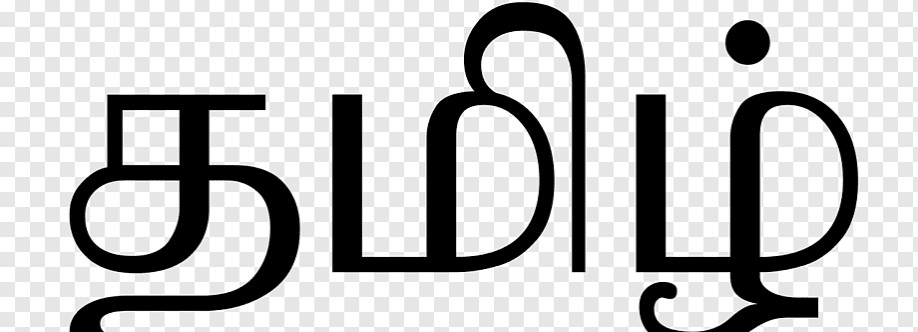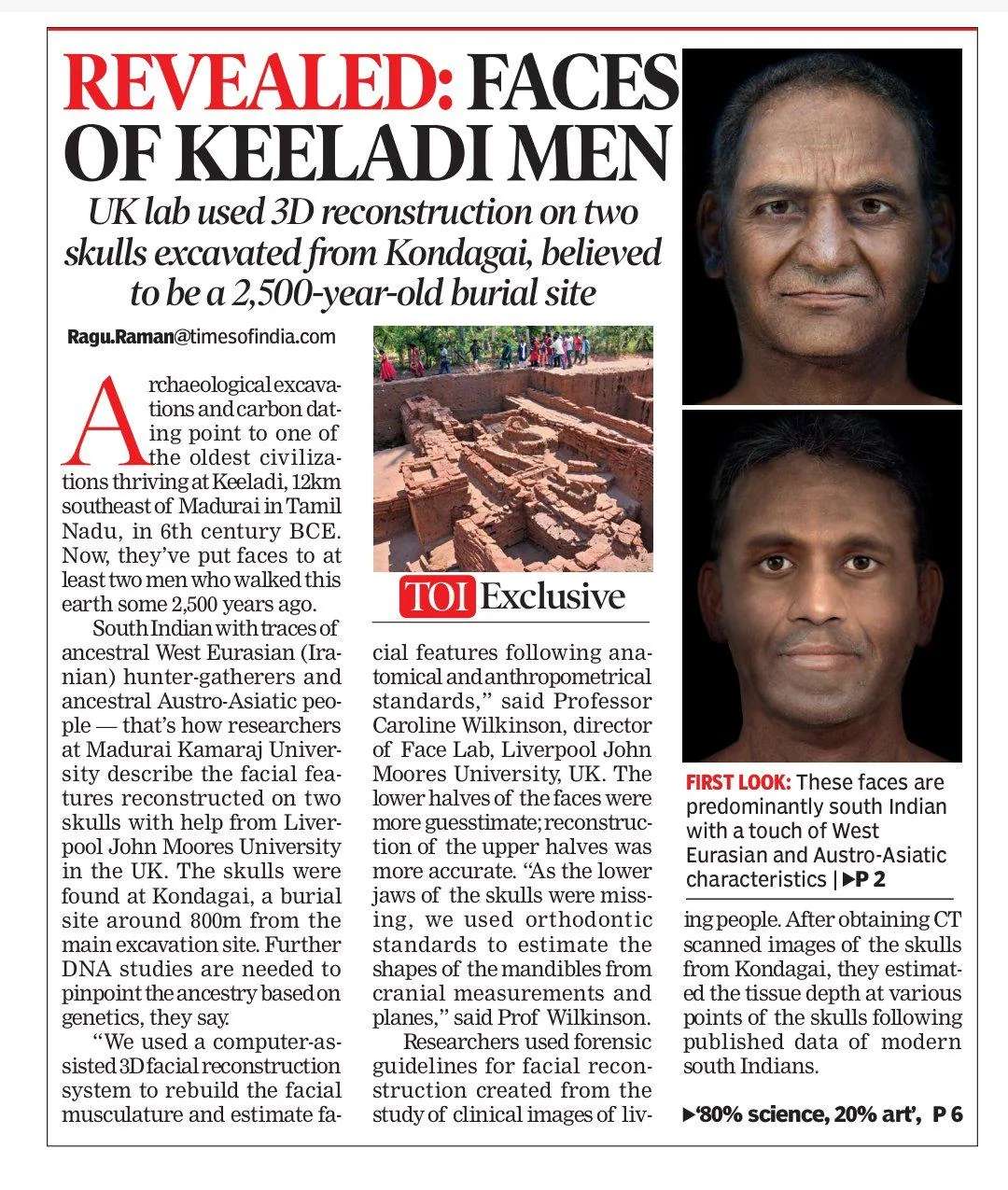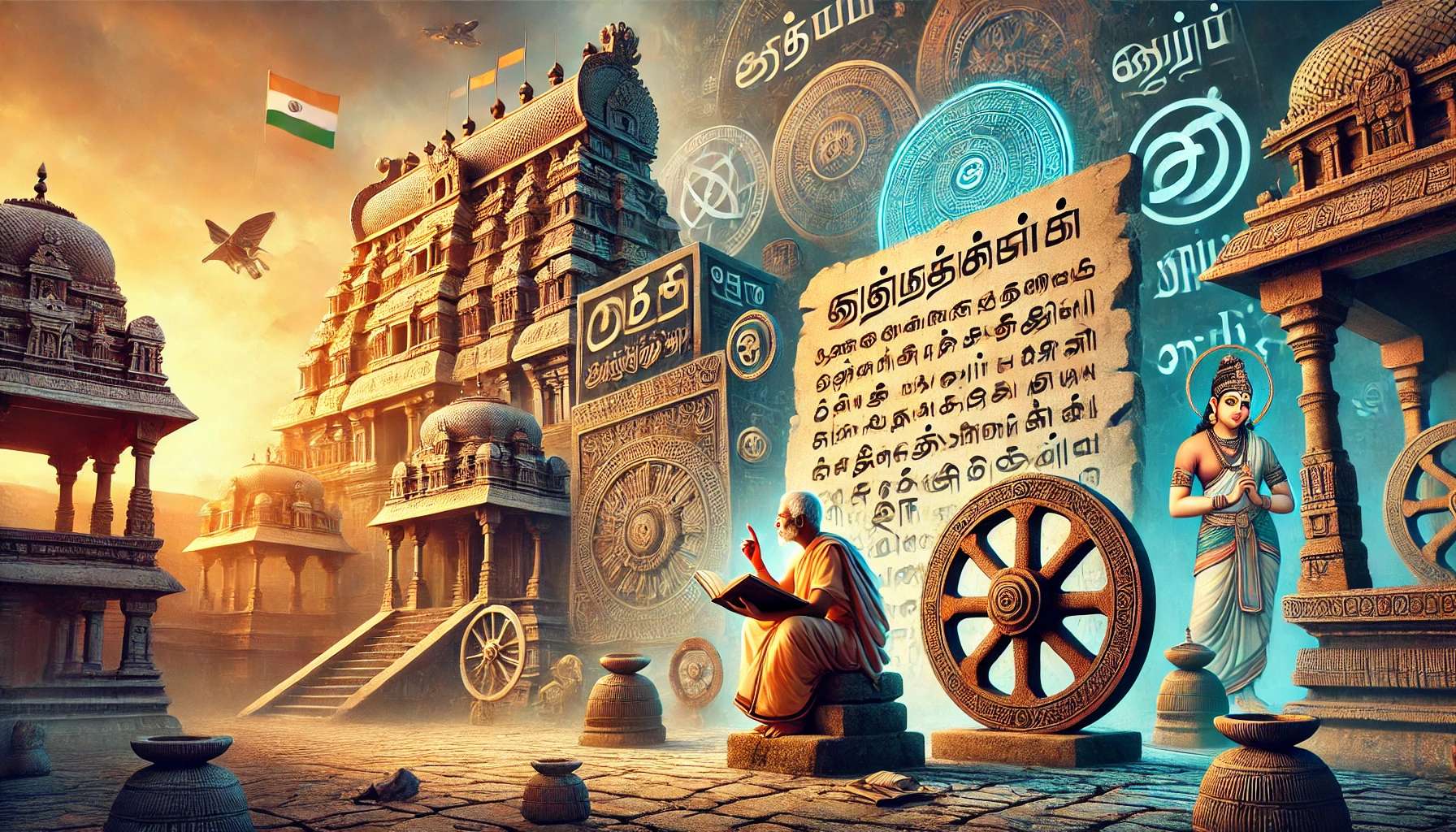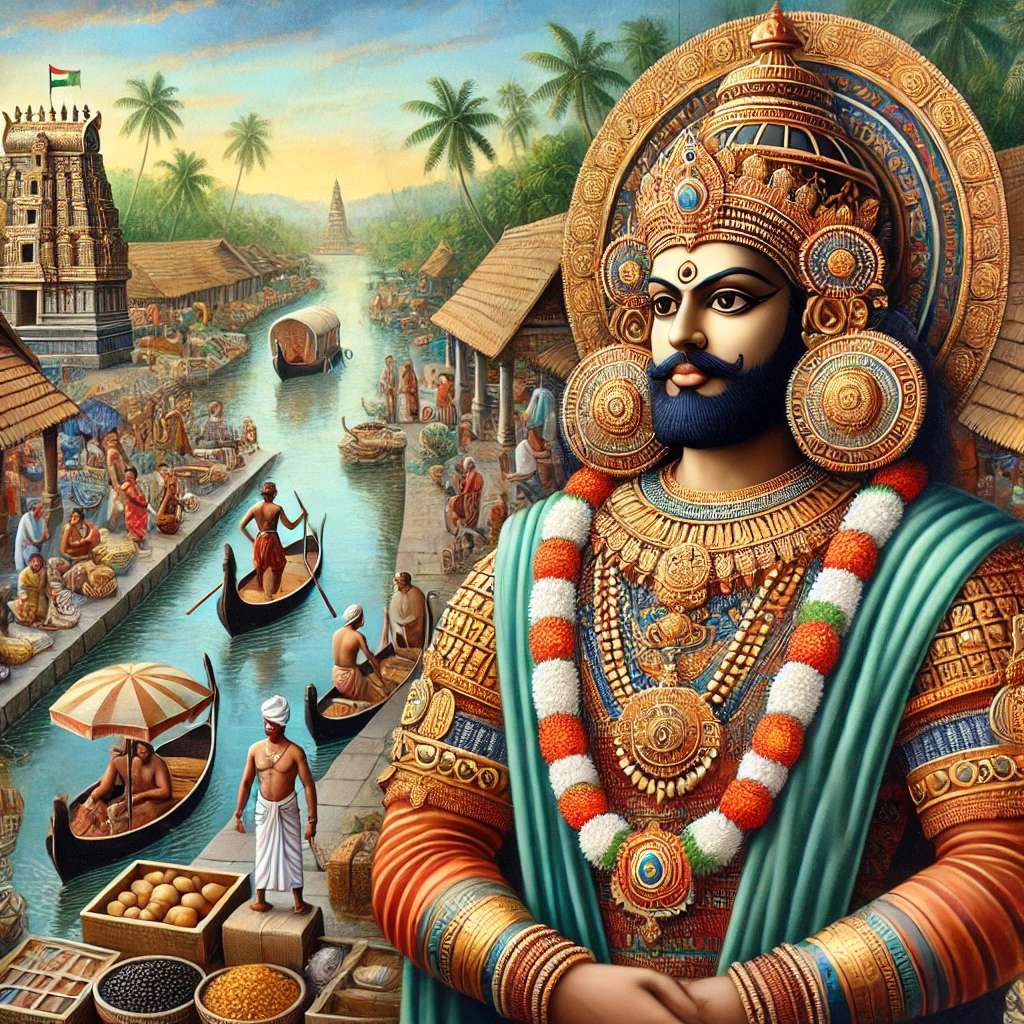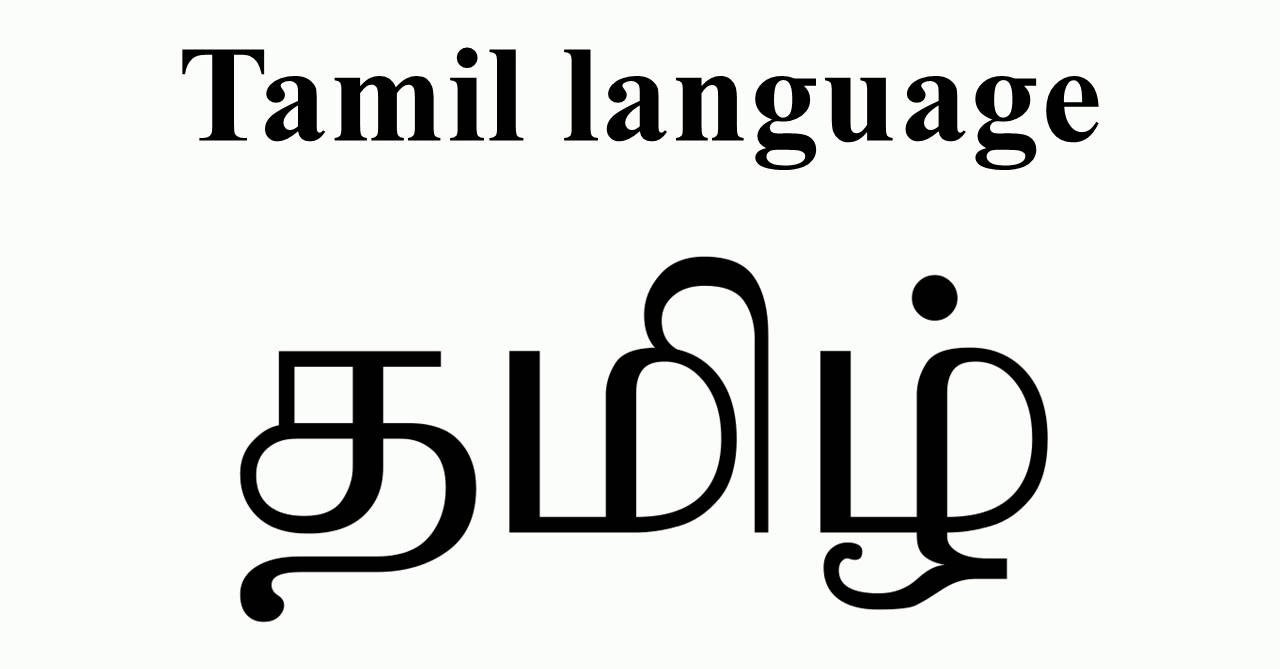🌍 The Ancient Roots of South Asia: A Journey Through Genetics, Migration, and Identity
South Asia is home to one of the most genetically diverse populations in the world. Understanding our ancestry takes us back beyond kingdoms and caste systems to early humans who first walked this land.
🧬 1. The First Settlers: AASI (Ancient Ancestral South Indians)
The earliest known inhabitants of India were AASI—hunter-gatherers who arrived over 60,000 years ago during the first human migration out of Africa.
They moved along coastal routes, some settling in India, others continuing to Southeast Asia, Australia, and Papua.
AASI are distantly related to East Asians, Papuans, and Aboriginal Australians.
👉 Today, some tribal communities in South India retain up to 70% AASI DNA.
🧊 2. Branching Off: East Asians, Ainu, and Native Americans
About 35,000–40,000 years ago, a group split from AASI-like populations:
Some moved north to China and Siberia, adapting to cold climates (flatter faces, lighter skin).
Others moved to Japan, becoming the Jomon people—ancestors of the Ainu.
A third group crossed into the Americas (~15,000 years ago), becoming Native Americans.
🖼️ Some Ainu men resemble Tamil or Malayali tribals—due to shared ancient ancestry before East Asians developed cold-climate features.
🌾 3. The Iranian Neolithic Farmers (12,000–8,000 Years Ago)
Agriculture came to India through migrants from ancient Iran:
These farmers brought domesticated crops, animals, and West Eurasian genes.
They mixed with AASI to form the Indus Valley Civilization (IVC).
📌 IVC people were a blend of Iranian Farmer and AASI ancestry.
💧 4. Collapse of IVC and Southward Migration
Around 1900 BCE, IVC declined due to drought and climate change.
Its people migrated south and east, mixing with local AASI populations.
This helped shape the modern South Indian gene pool.
🧬 Dravidian speakers today are mostly AASI + IVC ancestry.
🐎 5. Aryan Migration (After 1500 BCE)
As IVC faded, Indo-Aryans arrived from Central Asia:
They brought Sanskrit, horses, and the early Vedic religion.
They mixed with IVC remnants in the north, spreading Indo-Aryan languages.
🌍 Upper-caste North Indians today show more Steppe ancestry from these migrants.
⚖️ 6. Rise of Caste and Genetic Stratification
Caste evolved over time—not instantly:
Post-IVC societies likely had flexible hierarchies.
Over centuries, AASI-heavy groups became lower castes or tribals.
Upper castes retained more Steppe and Iranian farmer DNA.
📊 Genetic Snapshot (Avg.):
Group AASI Iranian Steppe
Tribals (e.g., Paniya) ~70% ~30% ~0%
Dalits / OBC ~60% ~35% %
Dravidian Castes ~55% ~40% ~5–10%
N. Indian Brahmins ~25% ~30% ~45%
📿 7. Brahmanical Hinduism in the South (~2000 Years Ago)
Though Vedic culture began in the north, Brahmanism spread south later:
Temples, rituals, and caste became more rigid over time.
AASI-descended groups became further marginalized.
👤 8. Ainu & Tamil/Malayali Tribals: A Shared Face?
Ainu men sometimes resemble Tamil or Malayali tribals in:
Hair texture, skin tone, facial structure, brow bone
This is due to:
Shared ancient ancestry
Minimal East Asian/Steppe admixture in both groups
🔍 Conclusion: Our Story Is Ancient and Global
The South Asian story is over 65,000 years old—woven from:
Ancient AASI hunter-gatherers
Iranian farmers and IVC builders
Indo-Aryan migrants from the steppes
And distant cousins like the Ainu of Japan
Our faces and identities carry echoes of ancient migrations and evolving civilizations.
#ancientindia #genetichistory #aasi #indusvalleycivilization #humanmigration
#tamilhistory #ainu #anthropology #sharedancestry #southasianhistory

